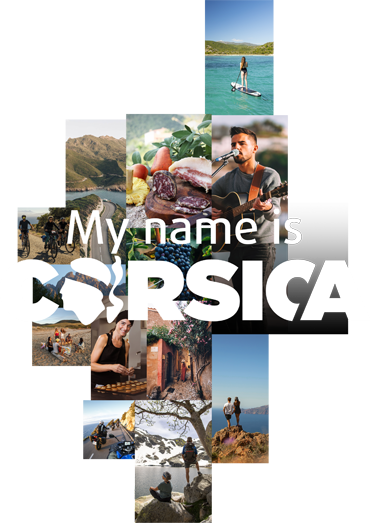Rechercher...
Explore Corsica
Château Prince Pierre
The consecration of a new terroir
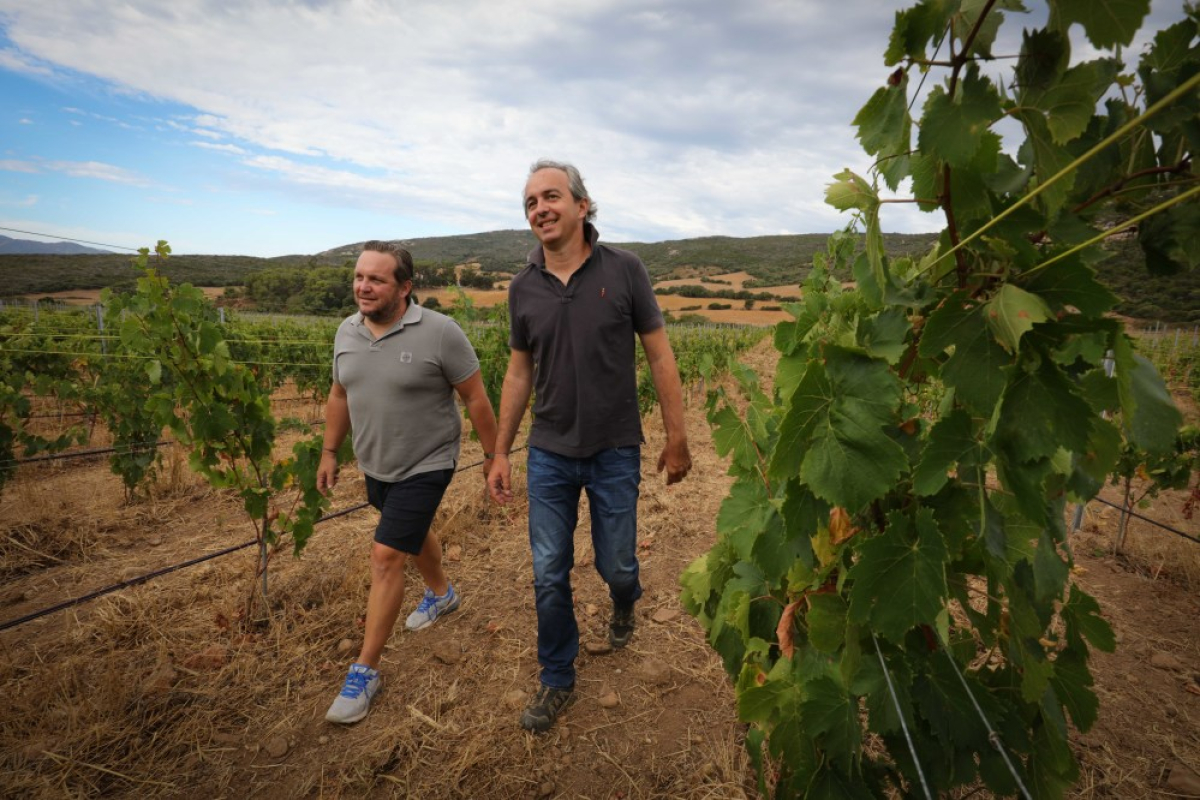
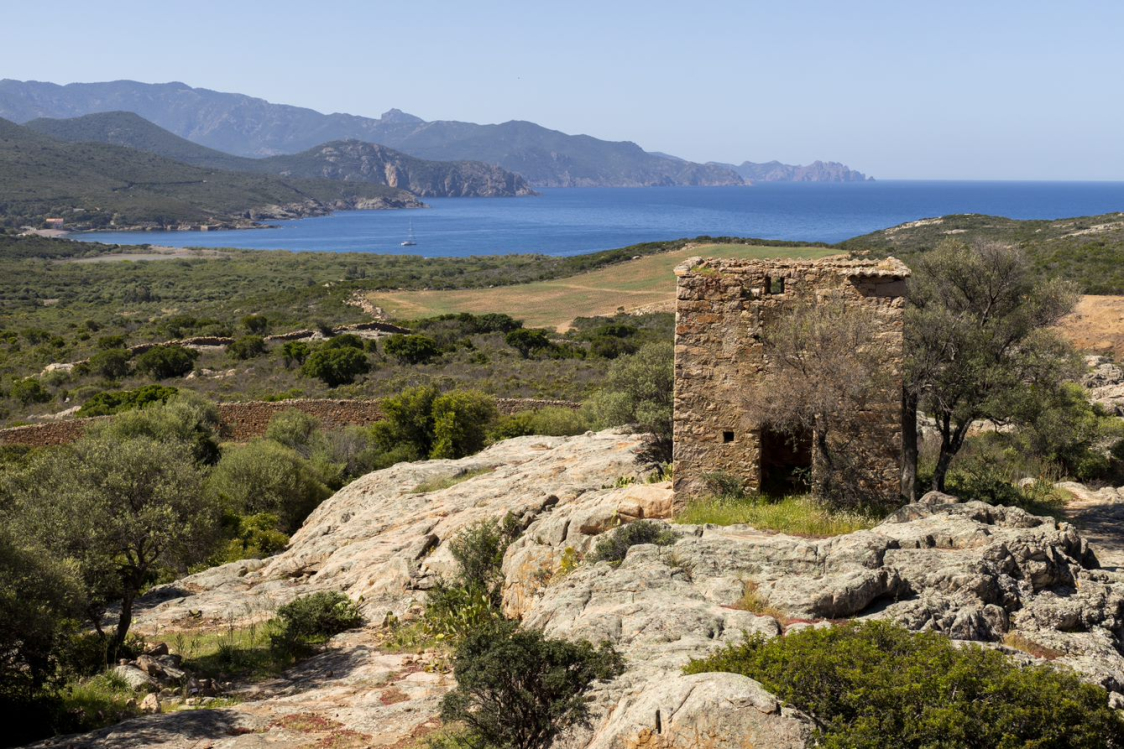 ©CORSE MATIN
©CORSE MATIN
Between Calvi and Galeria, the winding road leading to the castle, stretches over monumental pink granite cliffs. Between Calvi and Galeria, the winding road leading to the castle runs alongside and stretches over monumental pink granite cliffs. They are colonised by abundant vegetation and the contrasts of the azure shades as well as the scent of the maquis are present. In the distance, the jagged silhouette of a very openwork castle stands out, sentinel of the Bay of Crovani.
Built between 1852 and 1854 by nearly 300 men, it was the residence, the refuge, the "solitude" of Pierre-Napoléon Bonaparte, nephew of Napoléon I and cousin of Napoléon III. Climb up the dirt road which runs alongside the young vines in the middle of the island's vegetation and stop at an altitude of nearly 200 metres in front of a fantastic cirque between the sea and the scrubland. To the south-west, we can see the sea and the majestic Scandola reserve and below, a linear procession of vegetation and rocks punctuated by the perfect plantations of the vineyard and to the east, the imposing mining site of Argentella.
Welcome to Château Prince Pierre-Napoléon.
 ©CORSE MATIN
©CORSE MATIN
MEETING WITH JEAN-VINCENT GRISOLI
"My brother Jean-Raphaël is disappointed that he cannot be here this morning," apologises Jean-Vincent Grisoli. Taking the red and ochre path leading to the top of the plateau and we feel the heat permeating the atmosphere. "Our family comes from Montemaggiore. In the 1950s, our grandfather had the opportunity to buy a small house down by the sea to go fishing. We spent our family holidays in Argentella and used to go on motorbikes to play in the chateau and event then, we already dreamed of restoring it," recalls Jean-Vincent.
TWO BROTHERS FOR A DREAM
In their youth, they were influenced by a member of their family who was a winegrower in Patrimonio. They pursued they professional career for a while before returning to their roots, making their dream come true by either buying or building a wine estate in Corsica. In 2017, the two brothers learned that the bastion of Torre Mozza, located just above the family home, was for the umpteenth time for sale. They presented their file to the authorised institutions, which perceived their project as sincere and viable. They acquired a magnificent piece of land facing the sea and located off-centre in the mountains: an arc of 180 hectares overlooking the Luzzipeu valley and facing due south. The highest point of this land, with its 35° slope, reaches an altitude of about 300 metres.
 ©CORSE MATIN
©CORSE MATIN
PRINCE PIERRE-NAPOLEON BONAPARTE
Since 2017, the Racine-Grisoli brothers have become the owners of this immense building, where all remains have been preserved. Jean-Raphaël and Jean-Vincent are interested in the obscure and controversial life of Napoleon III's cousin, whose story they enjoy telling. "Pierre-Napoléon Bonaparte was born in 1815 in Rome and spent a turbulent childhood in the Roman countryside of Canino.
Complex, vindictive and a womanizer, he was taken prisoner by Pope Gregory XVI for the assassination of a sub-lieutenant of the Papal Guard during riots related to the revolutionary movement of the "carbonari", a political movement that contributed to the unification of Italy. After an eventful stay in the United States with his uncle Joseph Bonaparte, he took part in Bolivar's various revolutions in South America and fought alongside General Santander.
In 1848, he returned to France and was elected deputy of Corsica to the assembly of the second republic then president of the General Council of Corsica.
Pierre-Napoléon loved to hunt and ventured around Calenzana and discovered a splendid site between sea and mountains.
In 1852, he decided to build his future castle on the site of a ruined fortification, "La Torre Mozza". This was one of the coastal towers erected by the Genoese in the 15th century to prevent and defend against barbarian attacks.
Until 1854, the construction of the castle involved more than three hundred workers and craftsmen. A huge surrounding wall encloses the four hectares of garden as well as the small hamlet where the agricultural workers live. On the grounds, the estate is self-sufficient as olive trees and vines are planted and in turn, seeds are grown.
Prince Pierre-Napoléon's wife, Nina Bonaparte, could not stand the quiet of the castle and stayed in Paris. During his Parisian escapades, he gave her two children, Roland and Jeanne.
Come and listen to Jean-Raphaël, who will be delighted to keep you on the edge of your seat for the rest of this exciting adventure! In contemporary history during the Second World War, the castle was used as a school. Abandoned for a long time and then much coveted, the property finally found its buyers in 2017.
 ©CORSE MATIN
©CORSE MATIN
SPECIALISED WINE-GROWING SKILLS
Before planting the first eight hectares in 2018, Pierre Acquaviva of the Alzipratu Estate and Etienne Suzzoni of Clos Culombu advise and guide them in viticulture. Lionel Le Duc, an agricultural engineer and pedologist, has drilled soil pits to choose the grape varieties best suited to the granite arena soils, composed of seven different granites. He is now the director of the estate, says Jean-Vincent Grisoli. At the time of the acquisition, the consultant oenologist Emmanuel Gagnepain also agreed to follow them. "We really appreciated his work during the analysis of the organoleptic profiles we wanted to obtain in our wines," explains Jean-Vincent.
PHARAONIC WORKS
To clear and develop the estate, the two brothers hired teams and passionately got involved with the work. With enthusiasm and energy as their driving force, they undertook the removal of dirt, stones and desludging of several hectares with bulldozers and shovels. Very much aware of their efforts and work in respect of the ecosystem, they adopted a virtuous circle. "All the stones have been conserved and then recycled to rebuild walls, make drains, pave roads and create level crossings, which on this huge surface, the work is intensive.”
TAKE A DRIVE ON THE VINEYARD
The microclimate on the vineyard is favourable to the cultivation of the wine. “The nights are cool and the air circulates well throughout the area. This avoids cryptogamic diseases and allows the use of light treatment. From a phystosanitary point of view, it’s perfect!” rejoices the winemaker. Moreover, the domain in the Natura 200 zone, not far form the Scandola Reserve, has never known any treatment of any kind.
“Very windy, the vineyard benefits from the tides and sea coming in so it seemed obvious to us to convert it straight away to organic. We fenced it off to protect the vines from the wild boars”. The vineyard follows the principles of biodynamics, taking into account the Demeter certification.
“Our agricultural engineer Lionel Le Duc is looking into the replanting of hedges and the inauguration of agroforestry within the allotments”. The land is constantly being worked, structured and planted. The two bothers boldly aim to develop the 45 hectares of vineyard where white grapes will lead the rest.
“In our vineyard, Vermentinu dominates. It is made with old autochtonous grape varieties, Rimenese, Genovese, Codivarta, Bianco Gentile. For the reds, Sciaccarellu, the flagship grape variety of the AOP Corse Calvi followed by Minustrellu, Nielluccio, Aleatico, Carcajolo Nero and the famous Cinsault which resists drought quite well”, explains the enthutuast.
WATER, A LIFE SOURCE
During the first plantations, the town hall granted young winegrowers’ part of the capacity of the Argentella dam to water the young vines where two boreholes, one 80 and the other 95 metres deep, complete the system. The extracted water goes up to the top of the domain due to the pumps available, then the stored water descends by gravity, giving pressure to the pipes.
In the next year, a pipeline will be drawn out from the Argentilla dam to the property to irrigate the estate in the event of a drought.
THE GENESIS OF WINES
The first "Argentella" range, presented in three colours, refers to the area itself, the the silver mine exploited since antiquity as well as representing the family home, dear to the hearts of young winegrowers.
Another range of micro-plot selections is available around two red cuvées. A first “Bleu Imperiale” single-varietal cuvée was designed around Cinsault, also called “Imperial Blue” in Australia. A perfect name due to it representing both the name of the grape variety in other countries and a nod to the imperial lineage of Prince Pierre-Napoleon!
Planted on an eight-hectare plot on the highest hillside with a 30% slope, it has two different maturity curves, Cinsault expresses itself very well on granite arenas.
"For this cuvée, the maturation was pushed four weeks beyond phenolic maturity, we were surprised because the colour, usually light of Cinsault, was much more pronounced and the tannins were nicely present.
A second cuvée “Lucien Bonaparte,” in remembrance to the father of Prince Pierre, was exclusively designed around the Sciaccarello grape variety. Lucien Bonaparte was the President of the Council of the Cinq Cents in October 1799 and saved his brother Napoleon from defeat in the Coup d’Etats of 18 Brumaire. This cuvée was aged for a period of over 22 months in demi-muids and concrete eggs. The two brothers have plenty of projects in mind for the years to come such as the construction of the cellar and the chai and the renovation of the castle.
“We would also like to make olive oil extracted from our bicentenary olive trees and plant almond, pistachio and other citrus trees", rejoices Jean-Vincent Racine-Grisoli.
Beautiful projects for this estate which already offers on-site tastings and a tour of the vineyard in an electric buggy!
 ©CORSE MATIN
©CORSE MATIN
THE TASTING
The granitic complexity of the terroir expresses its grain, in the minerality, finesse and salinity perceived in the estate's wines.
Cuvée "Argentella" 2021 Rosé: 70% Sciaccarellu, 20% Cinsault, 10% vermentinu. Peony with a brilliant and crystalline robe, the nose rich in berries, blackberry, arbutus which has slight vegetal tones. The fruity mouth is full and straight on a crisp liveliness, the finish is elegant and framed by a fine salinity, bringing a nice balance.
Cuvée "Argentella" 2021 White: 100% Vermentinu. Slow direct pressing, 24 hours of maceration at 10°C. Bright gold with silver reflections, complex and aromatic citrus, fine buttery and brioche notes and a delicate minerality. Ample and generous on the pomelo and the infusion, the opulent heart of the mouth accompanies the finish with its "pepped" vegetal freshness.
Cuvée "Argentella" 2021 Red: 70% Sciaccarellu, 30% Cinsault. Deep ruby, greedy nose, red fruit paste and white pepper. The mouth is supple and fleshy on beautiful melted tannins, the finish stretches on sour cherry and prune kernel.
Cuvée Bleu Imperial 2021: 100% Cinsault. A seductive dark amaranth colour, notes of very ripe red fruits, prunes and kirsch cherries. The generous mouth declines the aromatic complexity of the myrtle liqueur with a straight finish.
Cuvée Lucien 2020: 100% Sciaccarellu. Generous and deep ruby colour, with notes of kirsch cherry, fresh strawberry coulis, white pepper, mouth is energized by aromatic nuances of redcurrant jelly and eucalyptus, the nicely tanned volume lengthens in a superb final.
Castle of Prince Pierre-Napoleon Bonaparte
20214 Calenzana
 ©CORSE MATIN
©CORSE MATIN
Locate
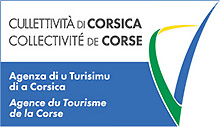
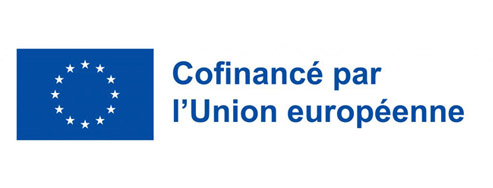
powered by cd-media.fr



